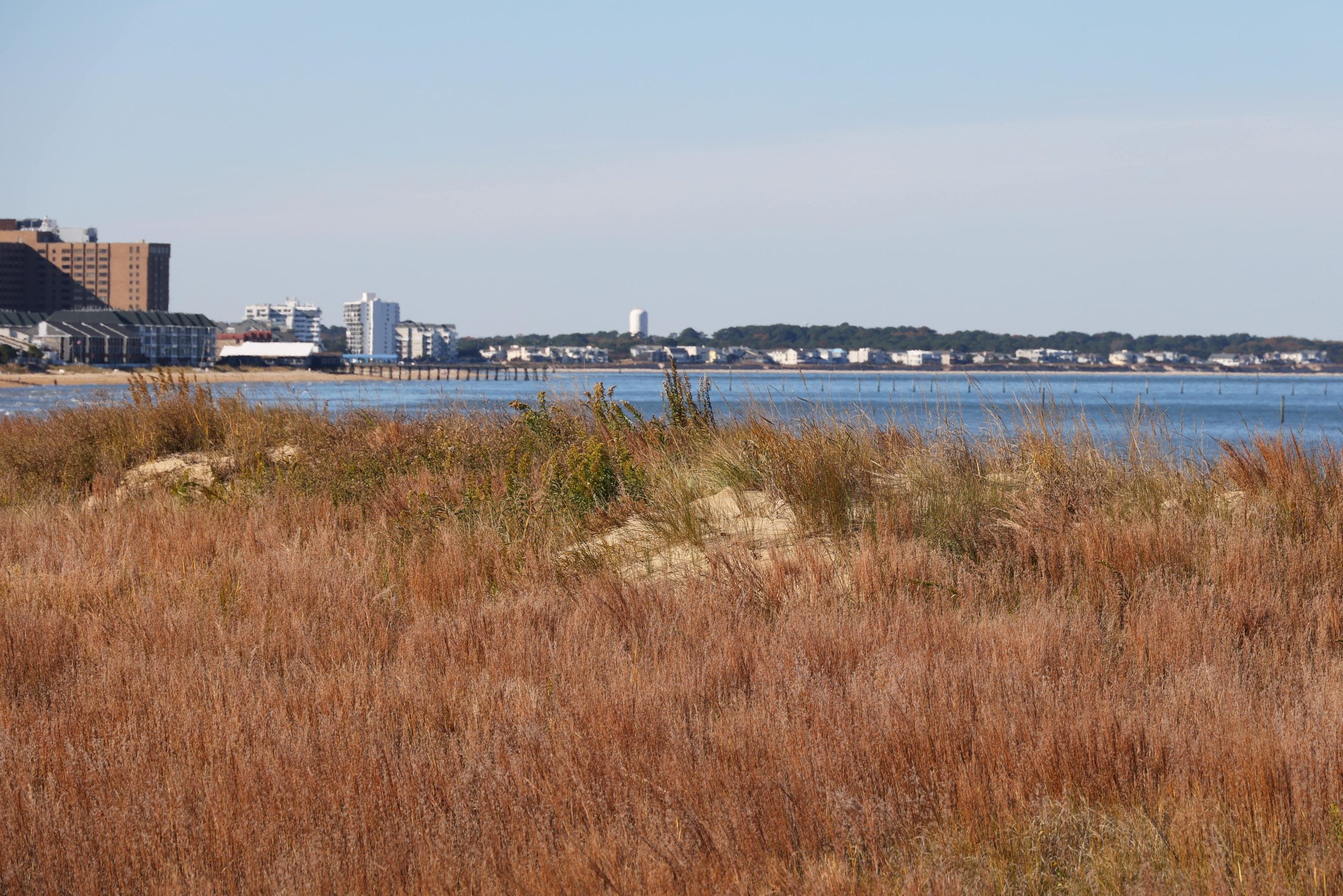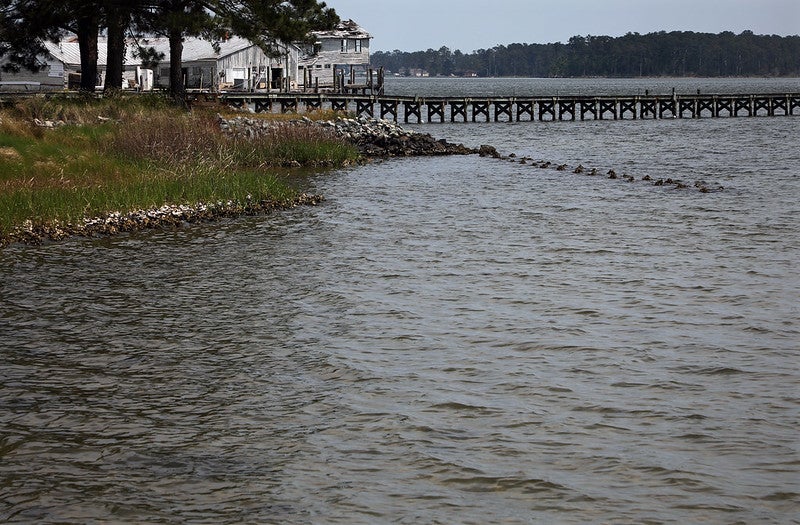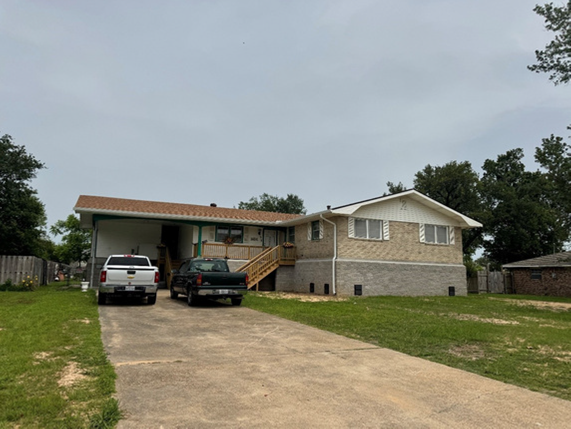Nearly 1 million Virginians are at risk of flooding by 2080. The state just released a plan to address that risk.
Last week, Virginia Gov. Ralph Northam released the commonwealth’s first Coastal Resilience Master Plan, the result of a multiyear effort to guide action to address flood risk to better protect communities, businesses and vital natural resources against sea level rise and climate change.
Here are four ways the plan provides a foundation and path forward for Virginia to comprehensively meet the urgency of its flood crisis in a coordinated, equitable way.
1. Science guides planning for current and future flood risks.
The plan uses the National Oceanic and Atmospheric Administration’s intermediate-high sea level rise planning scenario calculated to assess current and future coastal flood frequency and impacts on critical social, natural and built infrastructure.
The findings are stark: By 2080, the number of residents living in homes exposed to major coastal flooding will nearly triple from 360,000 people to nearly 1 million. Flood damages will skyrocket 1,300%, from $400 million to $5.1 billion annually. Without action, nearly 90% of tidal wetlands and almost 40% of dunes and beaches may be permanently inundated by 2080.
Because flooding in Virginia extends beyond the coast, DCR is scheduled to update the resilience plan with additional modeling to address rainfall-based, riverine and compound flooding by the end of 2024. The plan also identifies where high flood risk overlaps with increased socioeconomic vulnerability, using the Centers for Disease Control and Prevention’s Social Vulnerability Index, to determine risk hotspots for potential intervention. The Department of Conservation and Recreation (DCR) hosted initial community meetings in some of these hotspots to share educational resources and gather community perspectives.
2. Virginia brings people into the planning process.
DCR also hosted workshops throughout coastal Virginia with community stakeholders and local and regional government staff to incorporate local knowledge into the planning process. Survey responses from over 1,300 residents and 100 government staff provided additional insights into current and future flood impacts and respondents’ preferred resilience strategies and projects.
Future iterations should include tribal nations in community-scale planning and dedicate staff and resources to build community relationships and expand public engagement. DCR should also refine and expand the socioeconomic and flood vulnerability assessments to identify gaps among risk, project and capacity.
3. Projects, including natural infrastructure, can reduce flood risk.
The plan outlines a variety of strategies that would reduce flood risk, including natural infrastructure like wetland restoration and marsh creation, as well as traditional gray infrastructure and hybrid approaches.
DCR collected hundreds of local resilience projects for inclusion in the Coastal Resilience Database that addressed coastal and inland flood risk. However, many localities are only beginning to confront their future flood risk and did not have capacity or resources to submit project proposals, so the database does not currently reflect all needs within Virginia. To bridge that gap, the plan also provides examples of capacity-building and future planning strategies, including studies, tools, technical assistance and programs.
Virginia can further support local governments by providing them with additional technical assistance to develop long-term resilience plans and refine project concepts.
4. Funding projects is a priority.
The costs of implementing these projects far exceed available funds. By matching projects with potential state and federal funding sources, the plan helps localities align resources to funding needs.
Virginia’s Community Flood Preparedness Fund launched this year. It provides critical funding for local governments to plan and implement flood resilience projects and, importantly, can help local governments secure additional federal dollars through matching programs. The fund receives revenue from Virginia’s involvement in the market-based Regional Greenhouse Gas Initiative (RGGI). As the state’s only dedicated funding for flood resilience, continued revenue from RGGI auctions as well as other sources are critical to Virginia’s ability to address its growing flood risk.
Virginia’s leaders must put the plan into action.
Now, it’s time for the General Assembly to cement the planning principles and process into law with a schedule to update a state plan every four years so it can be improved over time, as is done in states like Louisiana and Texas. The Technical Advisory Committee — which provided perspectives and input from scientists, federal partners, tribal representatives and other key stakeholders — should be made permanent in state code to continue guiding the master planning process.
We have no time to lose. Incoming leadership must move forward to implement this plan with the urgency Virginia’s flood crisis demands.













